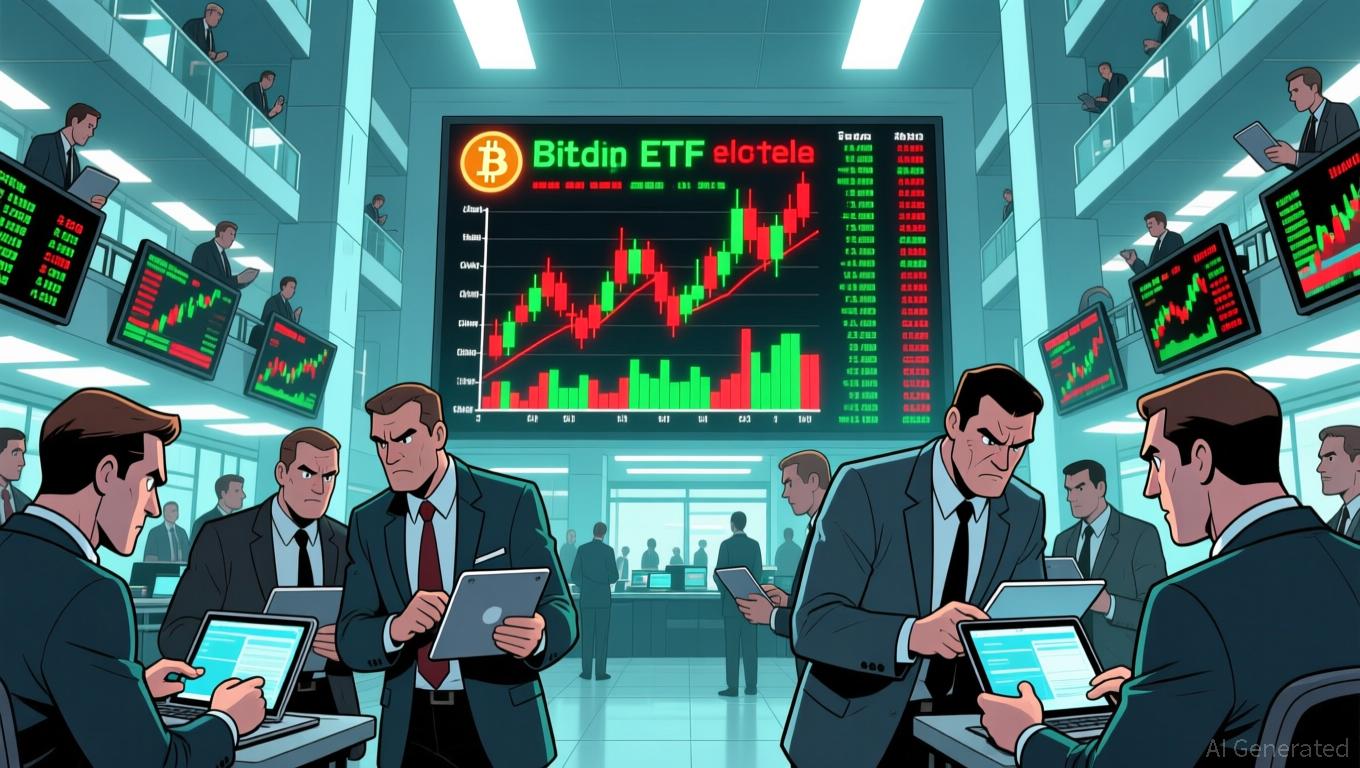Avalanche Market Cap Surges 67% in Q3 2025, Messari Report Shows
TL;DR:
- Avalanche’s market cap rose 67% in Q3 2025, hitting $16.8B.
- DeFi activity and subnet expansion drove major user and revenue growth.
- Institutional adoption of Avalanche’s subnets strengthens long-term outlook.
Avalanche has recorded one of its strongest quarters to date. According to Messari’s State of Avalanche Q3 2025 report, the network’s market capitalization surged by 67%, reaching $16.8 billion by the end of September. This growth reflects renewed investor confidence, bolstered by a rebound in DeFi activity and increased participation from institutional players. The report highlights that Avalanche continues to solidify its role as one of the most active ecosystems in the Layer-1 space.
DeFi growth, subnet expansion, and institutional momentum drive Avalanche’s rally
DeFi resurgence and user engagement fueled the quarter’s momentum. Total value locked (TVL) on Avalanche grew by 55% in Q3, driven by the expansion of liquidity on platforms such as Benqi, Trader Joe, and DeltaPrime. Daily active addresses also climbed by 42%, while network revenue reached $6.1 million, up 63% quarter-over-quarter. These metrics underline a steady recovery in user activity and trading volume after a prolonged market cooldown earlier in the year.
Subnets continue to be a defining feature of Avalanche’s scalability strategy. Messari reported over 130 subnets deployed, with 20 new ones launched during the quarter. The introduction of the HyperSDK upgrade simplified subnet creation, allowing developers to customize blockchains tailored to specific applications. Gaming and real-world asset (RWA) subnets, in particular, saw rapid growth, reflecting Avalanche’s versatility across use cases beyond DeFi.
Institutional adoption is becoming a key pillar of Avalanche’s expansion. The report notes that several financial institutions have shown interest in deploying permissioned subnets to test tokenization and settlement solutions. Partnerships with firms in Latin America and Asia have also contributed to the ecosystem’s global expansion. This institutional momentum, coupled with technical innovations and network scalability, positions Avalanche as a strong contender in the next market cycle.
Looking ahead, Messari suggests Avalanche’s long-term sustainability depends on balancing scalability with decentralization. The report concludes that the network’s economic and technical fundamentals remain robust, with ongoing developer engagement and ecosystem diversity likely to support continued growth into 2026.
Disclaimer: The content of this article solely reflects the author's opinion and does not represent the platform in any capacity. This article is not intended to serve as a reference for making investment decisions.
You may also like
MoonPay and Zengo Combine Enhanced Security with User-Friendly Design to Broaden Cryptocurrency Accessibility
- MoonPay Ventures invests in Zengo Wallet to expand crypto access through integrated payment solutions and security-first design. - Zengo users gain card/bank payment options and Pro-tier benefits, while leveraging MPC-based keyless recovery to eliminate seed phrase risks. - The partnership combines MoonPay's global compliance (U.S., EU, etc .) with Zengo's institutional-grade security to lower blockchain adoption barriers. - Virtual Accounts via MoonPay's Iron subsidiary will enhance business treasury so

Bitcoin News Update: Abu Dhabi Increases Bitcoin ETF Holdings Threefold, Driving $238 Million in Investments
- US spot Bitcoin ETFs ended a six-day outflow streak with a $238M net inflow on Nov 21, signaling potential market stabilization after months of volatility. - Abu Dhabi's ADIC tripled its BlackRock IBIT stake to $518M in Q3 2025, reflecting institutional confidence in Bitcoin as a long-term store of value. - The inflow followed record outflows and coincided with Bitcoin testing $77,000, a historical capitulation level, as institutions rebalance toward low-cost ETFs like FBTC . - BlackRock's IBIT saw $15M

Bitcoin News Today: Bitcoin’s Death Cross: Is This the Cycle’s Lowest Point or the Start of a Steeper Decline?
- Bitcoin fell below $94,000 on Nov 16, 2025, after its 50-day moving average crossed below the 200-day average—a bearish "death cross"—raising concerns about prolonged downturns. - The drop erased 2025's gains, with Bitcoin down 28% from its $126,000 October peak, triggering $1B in liquidations and a Fear & Greed Index extreme fear level of 10. - Analysts remain divided: historical data shows 15–26% rebounds post-death cross within 2–3 months, but this correction has been more severe, testing 2025's marke

BTC Loss Flow Hits 68.5K in 24H as STH Selling Pressures Price Again

